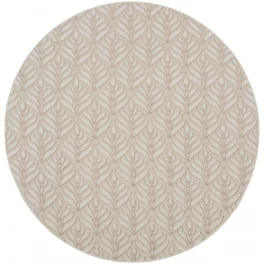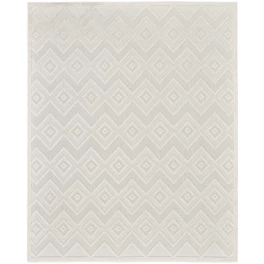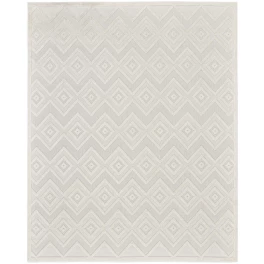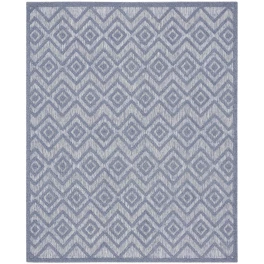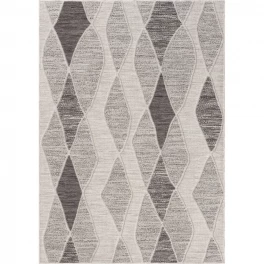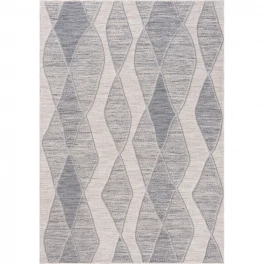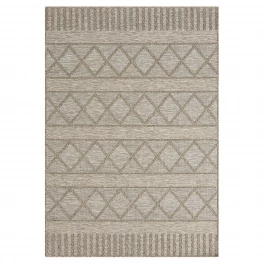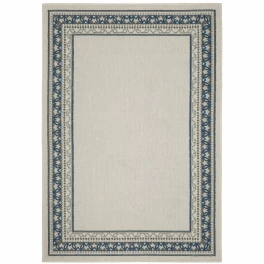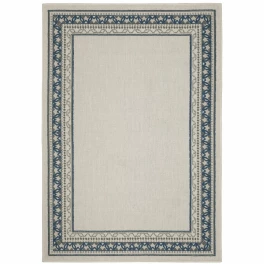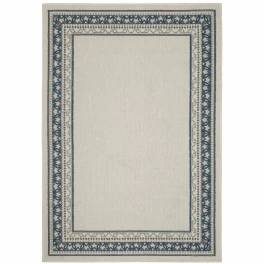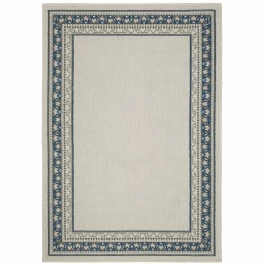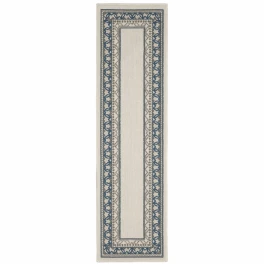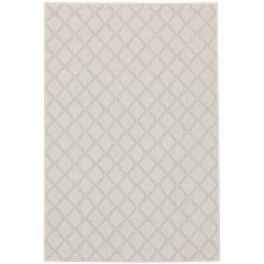The bamboo flooring market has increased dramatically over the past few years. With more and more people enjoying the look of hardwood floors, bamboo has become an attractive option due to its price and color selection.
But bamboo is technically not wood. It’s grass. However, bamboo looks, feels, and even smells like wood. Bamboo is just as dense as most hardwoods, and it’s resistant to scratching. It comes in many different colors and can be grown and harvested under environmentally-friendly conditions. Bamboo is one of the fastest-growing plants on the planet. It can be harvested every 4-5 years and grows back after cutting. It can take up to 40 years before a maple or oak tree is ready for harvest.
With all these benefits, it sounds like bamboo is the perfect hardwood flooring option, but there are several things to consider before deciding if bamboo is right for you.
How is Bamboo Flooring Made?
Since bamboo technically isn’t wood, it has to be manufactured into a product that looks like wood. The most common method is called woven bamboo. The stalks of the plant are sliced into thin strips that are shredded into fibers. An adhesive is added to the fibers that are then pressed into solid blocks. The blocks are then cut into thin planks. The planks are sanded, stained, and finished to make flooring that looks like wood.

Photo by LIGHTITUP on Shutterstock
A second method begins by cutting the stalks of the bamboo into thin strips. The outer covering is removed, and the strips are boiled and then laid out to dry. Bamboo has a light-tan color but can be darkened by a process called carbonization. The raw bamboo is steamed with a blast of heat that darkens it. Carbonization gives the bamboo a nice natural color but can soften the wood. The bamboo strips are then kiln-dried, coated with an adhesive, and pressed together. The result is a solid and durable plank. The plank is then sanded, stained, and lacquered into a finished product that can be used for flooring.
Types of Bamboo Flooring
When it comes to bamboo flooring, you have two options: solid planks or engineered planks. Solid bamboo planks resemble traditional tongue-and-groove flooring. They are installed with nails or staples and make a solid hardwood floor.

Photo by Pi-Lens on Shutterstock
Engineered bamboo planks are similar to laminate flooring. Solid bamboo planks are sliced into thin layers and adhered to a backing material. They are installed by what is called the “floating floor” method. The planks snap or slide together and are usually installed over a layer of thin foam. No nails are required. The floor stays down because each plank is attached to the plank next to it. The advantage of engineered bamboo planks is that they install quickly and are easy to work with.
Types of Solid Plank Flooring
If you’re leaning toward solid, tongue-and-groove bamboo flooring, the options continue. The planks can be vertical-grain, flat-grain, or strand bamboo.
Vertical-Grain Bamboo
Vertical-grain bamboo is created from thin bamboo strips being stacked on edge and then pressed and glued together. It has a slight butcher block cutting board look.

Photo by GSPhotography on Shutterstock
Flat-Grain Bamboo
Flat-grain bamboo results from flat strips of bamboo being stacked on top of each other and then pressed and laminated together. The way they are stacked (vertically or horizontally) determines the look of the grain.

Photo by Viktorus on Shutterstock
Strand Bamboo
Strand bamboo is made from shredded bamboo being mixed with adhesives to form a rock-hard block. This is the hardest bamboo of all the options. Strand bamboo planks often have a striped look.

Photo by SeaRick1 on Shutterstock
Each type of bamboo plank flooring has a unique look. Planks are typically cut a half-inch to 5/8 of an inch thick, 3.5 to 7.5 inches wide, and anywhere from 36 to 72 inches long. One appealing aspect of bamboo is that it can be stained any color. The planks range in colors from natural wood tones to bright green.
Pricing and Quality
Bamboo flooring costs about the same as any hardwood flooring. Expect to pay $2-$8 per square foot. Engineered planks typically cost a little more. Avoid cheap or bargain-priced bamboo flooring. A good indicator of quality bamboo flooring is a warranty to protect your floor from delamination, defects, and premature wear.
The Downsides of Bamboo Flooring
VOCs
Although bamboo flooring has many benefits, bamboo does have a few drawbacks. Unlike real hardwood flooring, bamboo planks are manufactured with resin-based adhesives to create the planks. This adhesive can contain formaldehyde which is classified as a volatile organic compound (VOC). Cheaper bamboo flooring can emit VOCs into the air in an enclosed space over time. Most quality bamboo planks have little to no VOCs, but the amount will vary depending on how the planks were manufactured. Always inquire about formaldehyde and VOC emissions from the distributor.
Quality
Not all bamboo flooring is created equal. Unlike other hardwoods that have a grading system, bamboo often falls into a classification of A (meaning higher quality) or B (meaning lower quality). The quality of bamboo flooring is dependent on the age of the bamboo plant at harvest, what section of the plant was used to make the wood, and the equipment, adhesives, and finishes used in the final process. Lower-priced planks might look nice in the showroom but can delaminate, shrink, buckle, and scratch easily once installed. Always go with quality over price if you can. The warranty that comes with the floor is an indication of how long the manufacturer thinks the product will last. Avoid bamboo planks that come with no warranty.
Environmental Concerns
A big appeal of bamboo flooring is that it’s a renewable resource. Although this is mostly true, some hardwood forests are being cut down and replaced with bamboo fields. Chemicals used in the manufacturing process can also be an environmental concern.
Bamboo flooring can certainly give your living space a unique and elegant look. If you like the look of hardwood but want to try something a little different, bamboo might be the perfect choice. Just make sure you’re buying a quality product that will enhance your décor and lifestyle for years to come.




